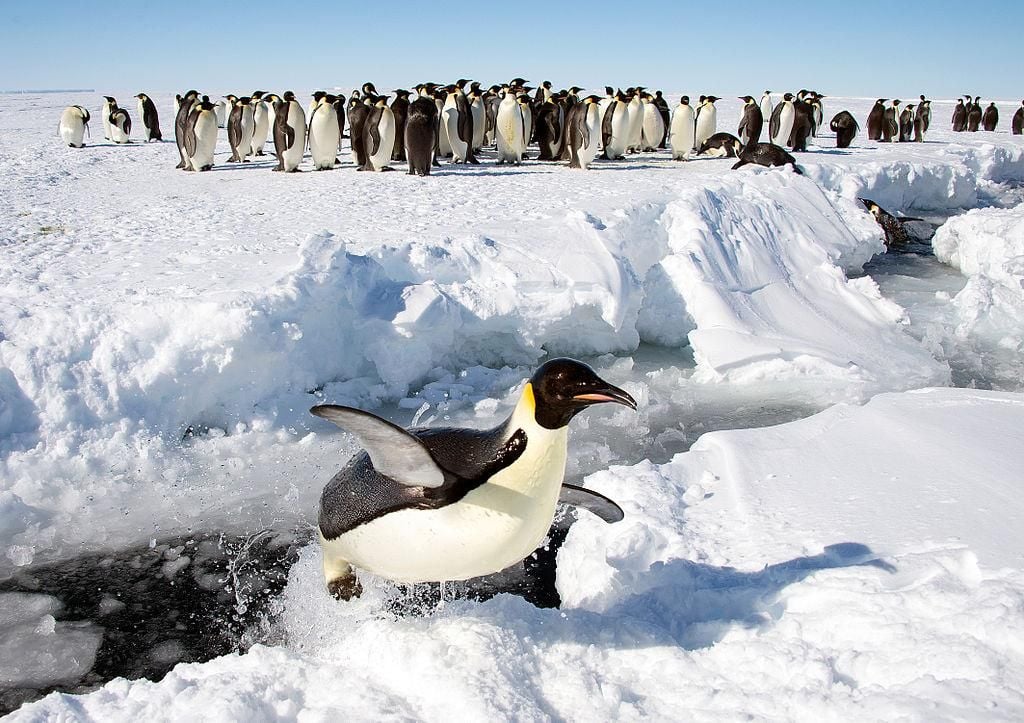This Catastrophic Polar Journey Resulted in One of the Best Adventure Books Ever Written
Apsley Cherry-Garrard’s travel memoir is still the one to beat, and not only because it features penguins
/https://tf-cmsv2-smithsonianmag-media.s3.amazonaws.com/filer/4a/6e/4a6e3bc1-1233-43d1-a2aa-fd3f029f94d1/apsley_cherry-garrard.jpg)
“Polar exploration is at once the cleanest and most isolated way of having a bad time which has been devised,” Apsley Cherry-Garrard wrote at the beginning of his memoir.
Cherry-Garrard’s memoir of a miserable Antarctic expedition, The Worst Journey in the World, was ranked number one on National Geographic’s list of the 100 greatest adventure books of all time. “As War and Peace is to novels, so is The Worst Journey in the World to the literature of polar travel: the one to beat,” wrote the magazine.
Born on this day in 1886, the explorer was only in his twenties when in 1910 he volunteered to go to the Antarctic with explorer Robert Falcon Scott and his men. Their mission: to be first to make it to the South Pole. That expedition did not go as planned—at all. But it led to the writing of his book, which chronicled his adventure seeking emperor penguin embryos and of being a part of the search party that found the body of Scott and his two companions, Lt. Henry Bowers and Edward A. Wilson, the expedition’s chief scientist. He wrote: “that scene can never leave my memory.”
After they built a cairn atop the bodies of the three men, he wrote, “the sun was dipping low aboved the Pole, the Barrier almost in shadow. And the sky was blazing—sheets and sheets of iridescent clouds. The cairn and Cross stood dark against a glory of burnished gold.”

Because of its compelling story and his vivid writing, Cherry-Garrard's memoir of the failed expedition to be first to reach the South Pole (Norway’s Roald Amundsen’s team beat the Scott expedition by five weeks and were first to plant a flag), was a big seller back in England.
“With every page, you think their situation can’t possibly get any worse; and then it does,” writes Jynne Martin for NPR. “That cracking sound you hear? Oh, just the sea ice breaking apart and floating away with your supplies and horses. The sudden strange cold on your face at night? One hundred mph winds just carried off your only tent. Blinded by endless blizzards? Right, compasses don’t work this close to the magnetic pole; good luck finding your way.”
If you’re asking why anyone would want to live through this kind of hell in order to plant a flag, well, you’re not alone. But English scholar Samuel S. Dalke thinks the British fascination with the Antarctic was about the idea of colonizing the uncolonizable: a space where nobody lived and you probably couldn’t, either.
Although the journey was long and extremely hard, writes Lucy Moore for The Guardian, it gave the wealthy young man purpose and direction. And despite its miseries, Cherry-Garrard retained some sympathy for those who may have had it worse off than him: “Taken all in all, I do not believe anybody on earth has a worse time than an Emperor penguin,” Cherry-Garrard wrote at the beginning of his book.
As part of the search for emperor penguin embryos, writes Moore, “They nearly died in temperatures dropping to minus 76, sometimes marching as little as a mile and a half in a day… through blinding storms and across deadly crevasses,” she writes.
They succeeded in their mission, and Cherry-Garrard did find something in the howling wilderness of the Antarctic: he “always retained a deep affection for the comical, determined birds he had nearly given his life to see,” she writes.